Plant Pick: Purple Sage
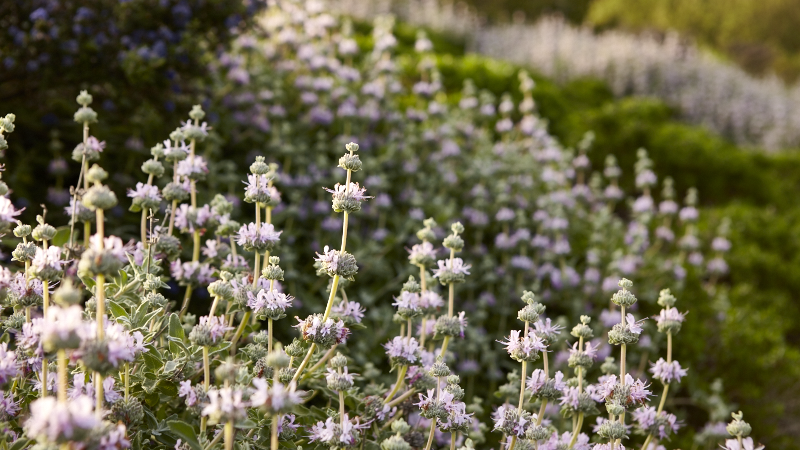
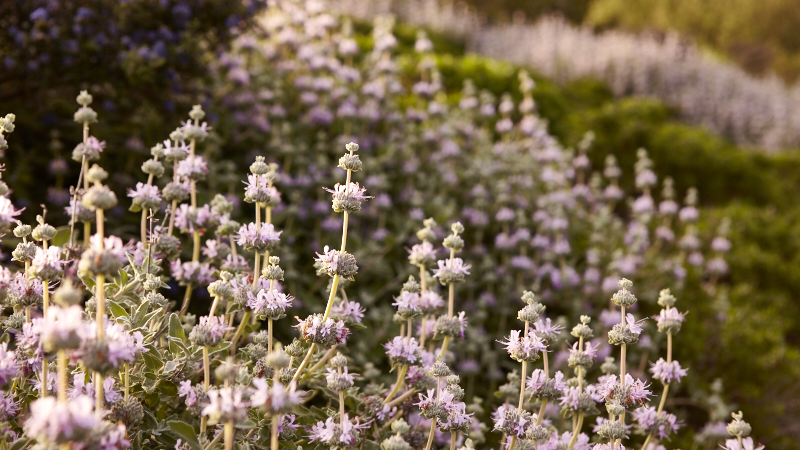
 Do you have favorite routes, detours and round-about paths you take simply to glimpse a particular plant or flower? I’ve traveled past this planting more times than I can count and with each passing, it’s as if I’m seeing it for the first time. How can it be so eye-catching?
Do you have favorite routes, detours and round-about paths you take simply to glimpse a particular plant or flower? I’ve traveled past this planting more times than I can count and with each passing, it’s as if I’m seeing it for the first time. How can it be so eye-catching?
And, until recently, I’ve assumed the sage I was seeing was Cleveland or Brandegee Sage. But nope, it’s another, very similar cousin, Purple Sage or Salvia leucophylla. All 3 are California natives, drought tolerant with similar habits. Growing 3 to 5 feet in height with these amazing spires of whorled inflorescences. Unlike its cousins, Purple Sage has soft, fuzzy (tomentose) grey leaves and gentle lavender blooms. Plant all three, they fill a similar niche, but Purple Sage is striking when grown in large swathes and placed against plantings with darker foliage. Plus its blooms persevere, flowering from spring into summer.
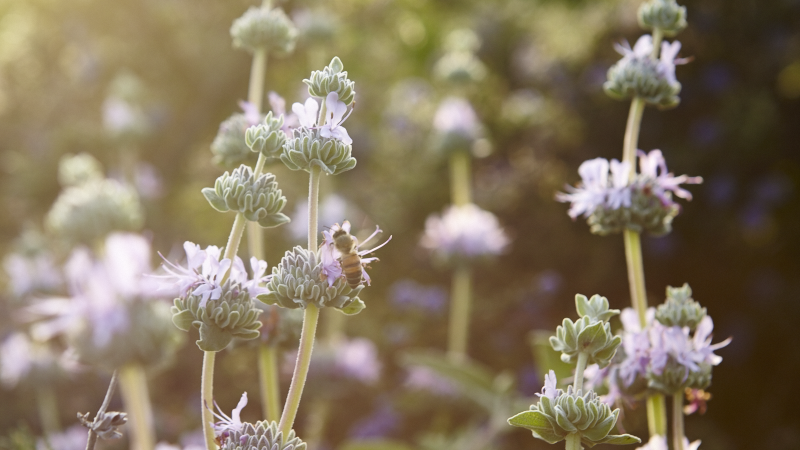
Propagation
Purple Sage is a long-lived woody perennial. Propagate from softwood cuttings or seed. As with Happy Wanderer, place 4” to 8” cuttings with 2 to 3 leaf nodes per cutting in a 50/50 blend of vermiculite and perlite. Trim upper leaves and remove lower leaves so maximum effort can be spent rooting. Try a rooting hormone or liquid seaweed to jumpstart the process. Place in a shady but warm location and keep the growing medium moist. Wait until your cuttings pass the tug test before planting out.
Care
Grow in full sun in clay to gravelly soil. Water only while it’s taking root or plant in fall and let the seasons do the work for you. Purple Sage does not require watering unless grown in containers, once established. Prune in fall or later winter, I like to wait until late winter, leaving the spent blooms as winter interest. Grows well in USDA Zones 7 – 10.
Other Characteristics
Purple Sage is a fabulous pollinator plant, attracting butterflies and bees (its other common name is Bee’s Bliss). Quail and other birds love the seeds. Grow it under oaks or try planting it with natives such as Coyote Brush, California Sage, Ceanothus or California Flannel Bush. Or simply add it to your water-wise garden. You can’t go wrong and you’d save yourself some travel time.
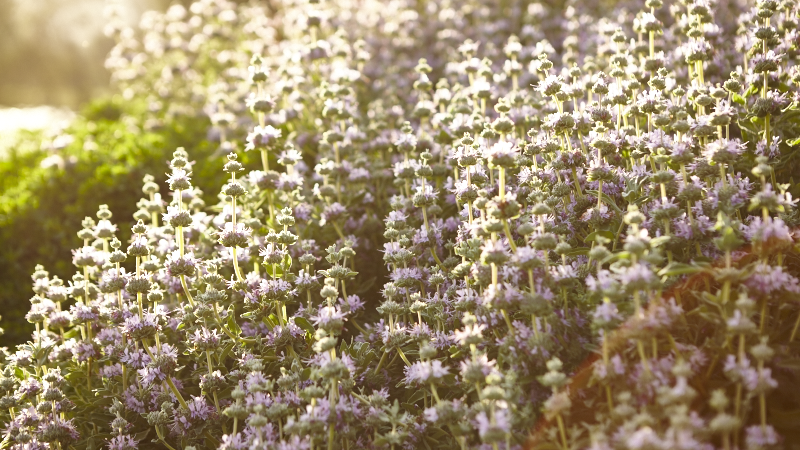

Listen
Buy The Book
Special offers
Newsletter Signup

Archives
Disclosure
Pass The Pistil is a participant in the Amazon Services LLC Associates Program and other affiliate programs such as Etsy, affiliate advertising programs designed to provide a means for sites to earn fees by advertising and linking to curated affiliate sites.

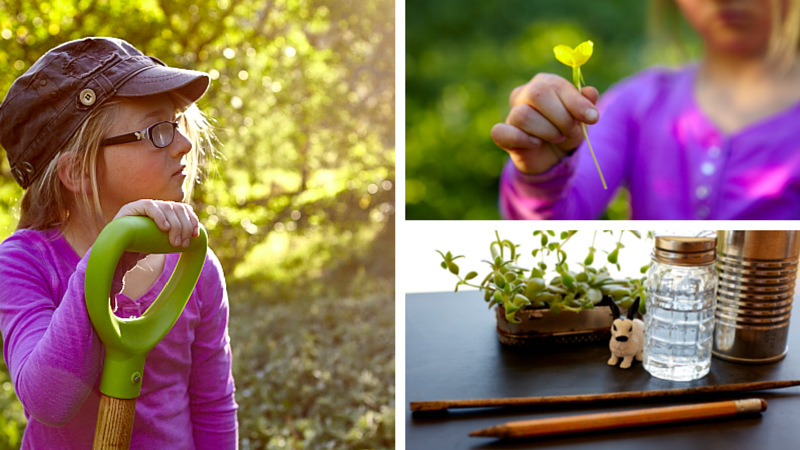
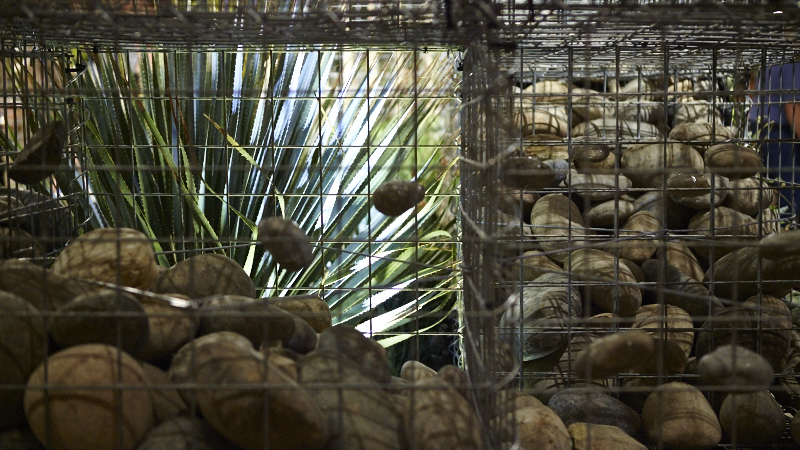







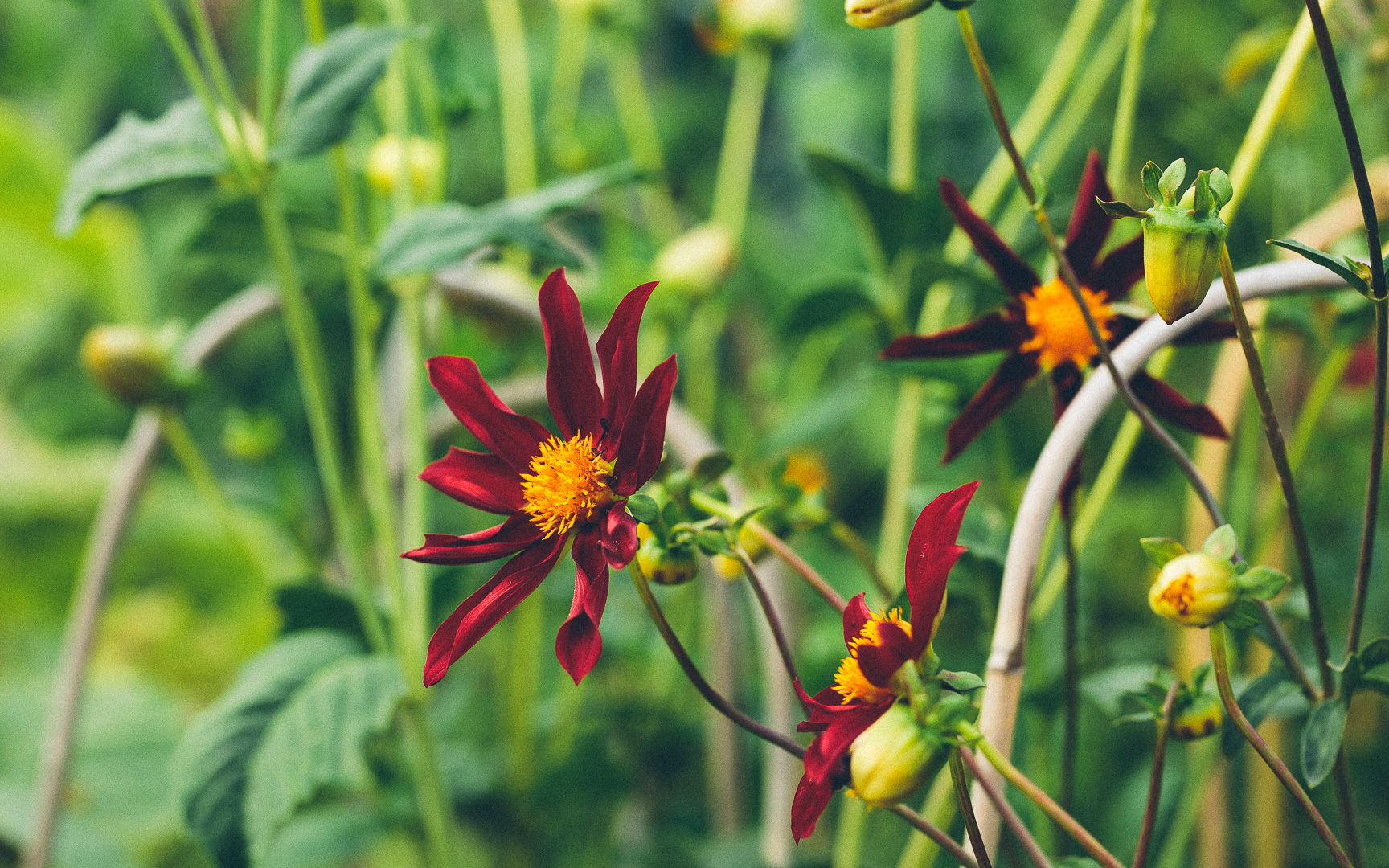

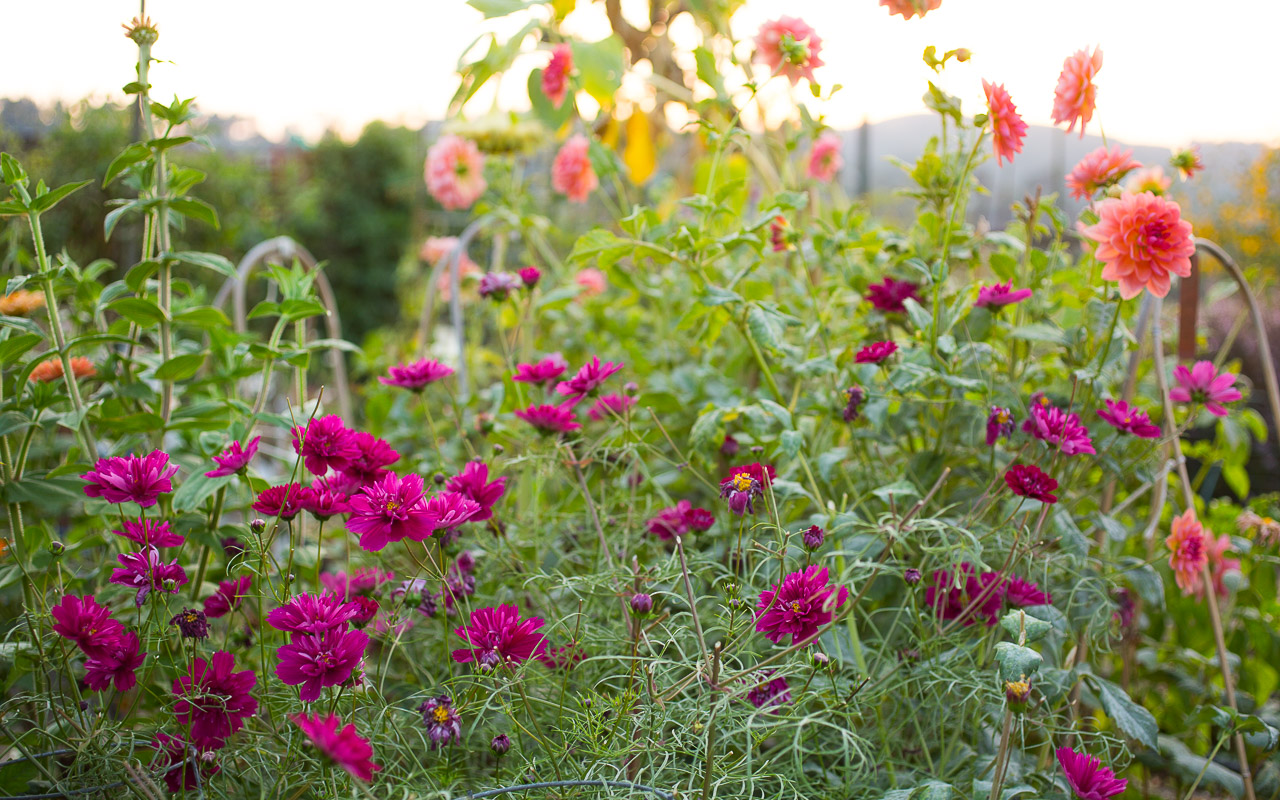
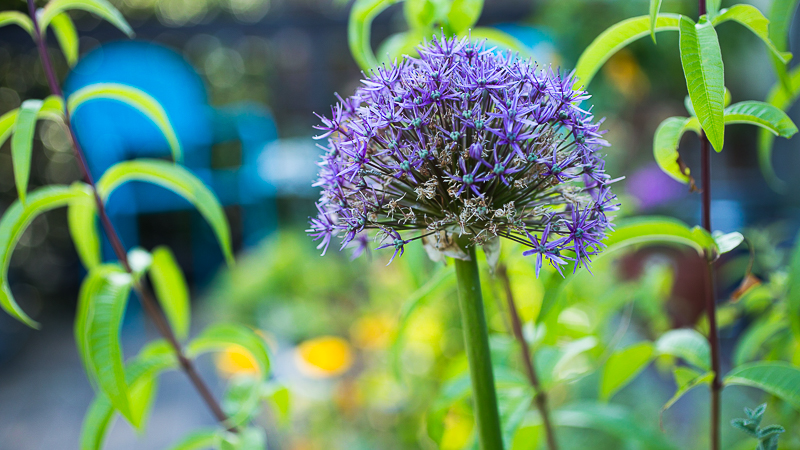
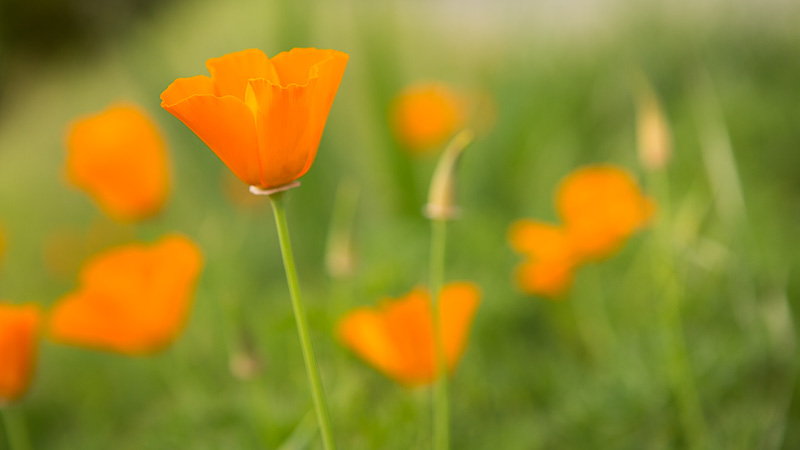
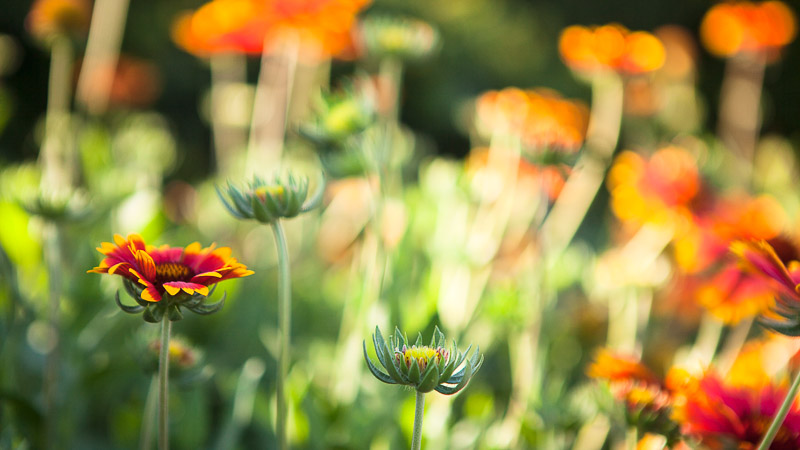

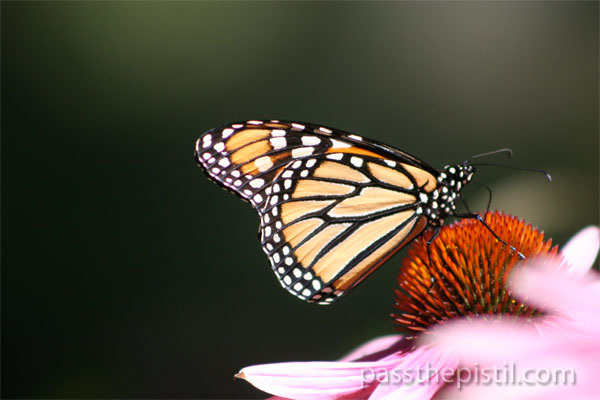
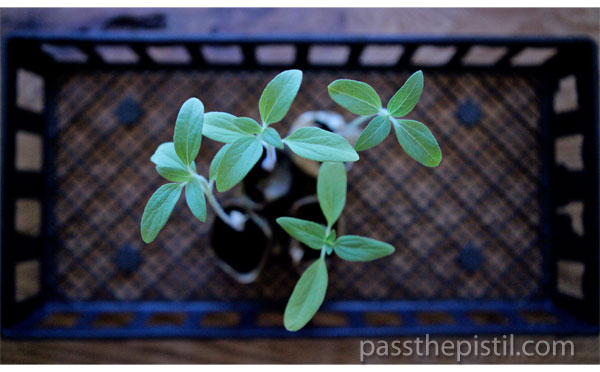
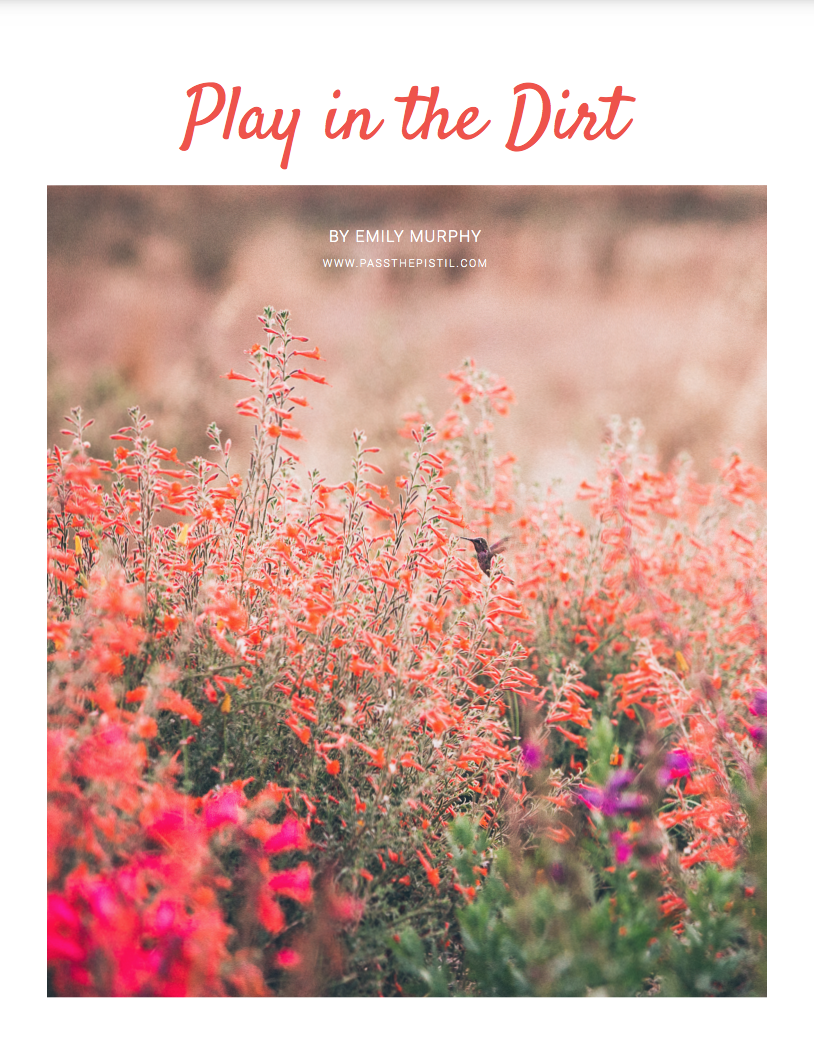

This looks so much like the Lemon Mint (Monarda citriodora) I covet! Such a beautiful plant and attraction for bees.
Living in NY, I worry little about drought, and Purple Sage won’t grow here, but I am interested, nonetheless.
Thank you! Sage and many other plants in the sage family are so versatile. Hardy, pollinator friendly and beautiful. Can’t go wrong. :)